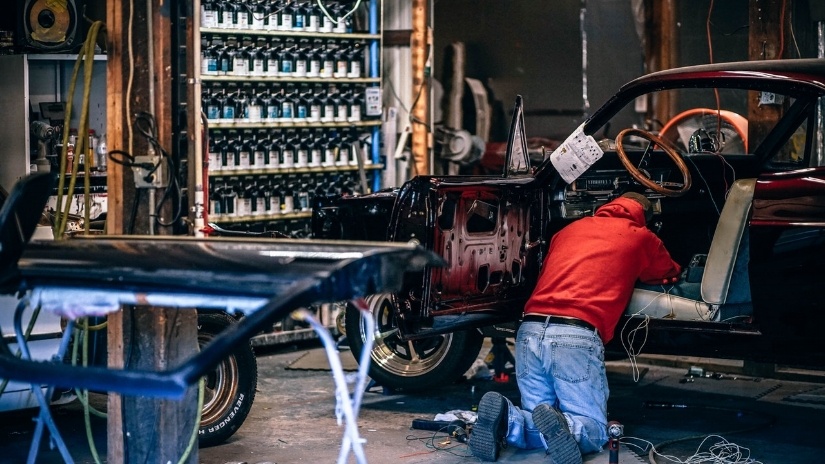
Not sure if you’re staying on top of your fleet management game? This handy vehicle safety checklist will take you from being a good fleet manager to being an indispensable one.
The day to day running of a fleet can get quite overwhelming, and it's easy to forget the big things. Here's a list of things to check every week to ensure your fleet is in tip top condition:
Tyres
Monitor the depth of tyres each week to ensure you are legally compliant with the minimum depth requirement of 1.6 mm. To do this, use a depth gauge. Also make sure there aren’t any cracks, bulges or excessive wear. Excessive wear means a loss of grip which is potentially hazardous, it could also mean the alignment is out, which will cost you more in fuel and tyres. Low tyre pressure wears your tyres out quicker and also uses more fuel, so check the tyres are inflated to the correct pressure. Also check the spare as well as all the tools that will be required to change a wheel.
Lights
Check all lights before setting out on a journey, including the number plate light, brake lights, indicators and reversing lights. Also, make sure all the lights are clean.
Oil
When you check the oil, make sure the engine has been cold for at least 15 minutes so you don’t get an inflated reading. Also make sure the dipstick is wiped clean, checked, wiped and checked again so you ensure the reading is accurate. Check there are no leaks from the engine as this could be dangerous for other road users, or require costly repairs.
Brakes
It goes without saying that your brakes are probably the most important safety item on your car. You can perform a visual check to make sure there is sufficient wear left on the pads if checking a brake disc. You can also check by monitoring pedal travel, too far and it’s time to get the vehicle into the mechanic. Also check the travel of the handbrake for rear brakes. Then drive for a short distance to ensure accurate and quick stopping. The brake fluid also needs to be checked to ensure it is within prescribed limits.
Coolant
One way of avoiding an unnecessary breakdown or the expense of replacing all or part of an engine is to make sure engine coolant is topped up to within the manufacturer’s guidelines. Always do this when the motor is cool, and check the radiator cap is firmly screwed on. Also always add antifreeze as per the guidelines.
Fluids
Windscreen washer fluid is important, not only for safety so that you can see out the windscreen, but also as backup in case you need more coolant. Also ensure the power steering fluid is at the manufacturer’s recommended level.
External checks
Each week, you need to ensure the following items are in tip top condition: vehicle bodywork, windscreen, windows, windscreen wiper blades, and cleanness of windows, mirrors and number plate, security of load, trailer and roof rack.
Internal checks
Before you drive off, you need to be sure that the seat belts are in good condition, and function correctly. Also check that head restraints and mirrors are correctly adjusted. Make sure the following items are all up to date: tax disc, first aid kit, fire extinguisher, torch, warning triangle, defrosters, heating and air conditioning, cabin cleanliness and vehicle handbook.
Function checks
Make sure the hazards work, and that there is sufficient fuel. Also check that the horn works sufficiently as a warning device.Engine checks
Before starting the motor, ensure the following items have been checked: fan blades and mountings, battery damage and electrolyte levels, defective or leaking engine parts. Running engine inspections should involve the following checks: rattling, knocking or unusual noises, pedal functioning, clutch condition and windshield wiper functioning. It’s essential to keep your cars safe and roadworthy with these simple - though time consuming - checks.
